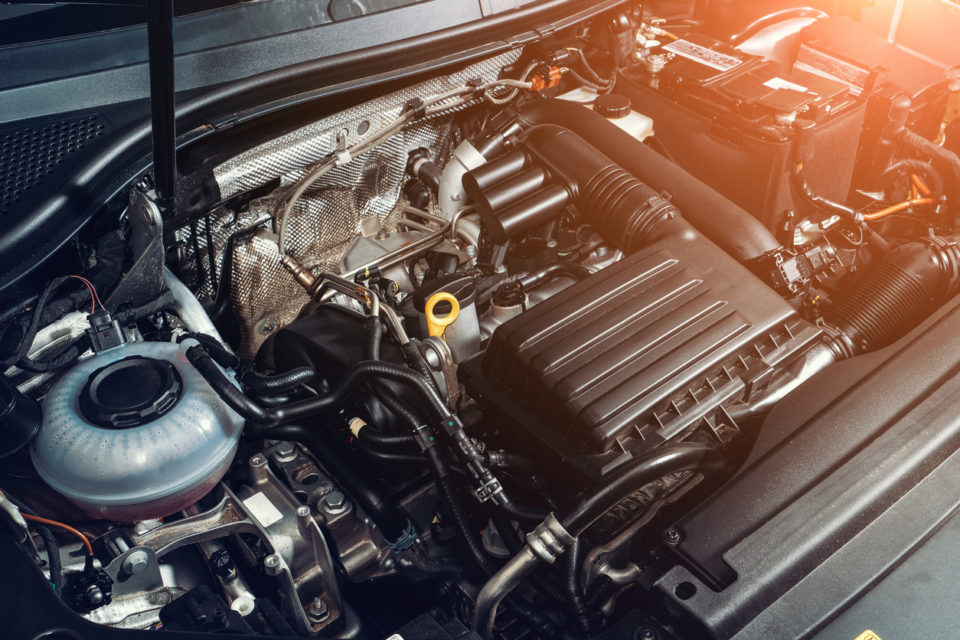
It’s easy for the layperson to struggle to define the difference between a turbocharger and a supercharger. While there are several similarities between the two, the two technologies have a range of differences in regards to their use in commercial vehicles.
A turbocharger and supercharger are under the forced induction system umbrella. This system enables a vehicle’s engine to produce more power than a typical engine. This is possible because the system compresses the density of air within the fuel/air mix before ignition with the engine’s cylinders. This creates considerable boost.
Though a turbocharger and supercharger share the same forced induction system, the main difference between the two is how the air compression components are powered. A supercharger is driven from the engine’s crankshaft by a belt, while a turbocharger obtains its power from a turbine, which takes its energy from the engine’s exhaust gases.
Overall, a supercharger requires more engine power to run while a turbocharger runs off waste energy created by the engine. This means that turbochargers operate with higher efficiency.
To learn more about the two engine variants, read below.
Turbochargers
A turbocharger is an air pump that enables additional air to be pumped into the engine at higher pressure. This is meant to replicate the effect of a larger cylinder but with more efficiency. A turbocharger is made up of two sections: a compressor end and a turbine end.
The compressor end is made from aluminum. Air is drawn into the compressor and the compressor wheel squeezes the air and accelerates it to high speeds. The turbine end is made from cast iron or stainless steel. The turbine housing directs exhaust gas from the engine into the turbine wheel blades, which then pass through the exhaust system.
More airflow in the cylinder enables more fuel to flow and increases the power.
You might also like: How To Check Transmission Fluid?
Superchargers
A supercharger is mechanically driven by the engine and increases the amount of air intake by compressing the air. This forces more air into the engine, which generates boost. There are two types of superchargers: positive displacement supercharger and dynamic compressor.
A positive displacement supercharger produces a fixed amount of pressure that doesn’t increase that much when the engine’s RPM is increased. A dynamic compressor simply produces more pressure as the engine’s RPM increases.
Disclaimer: The stock image is being used for illustrative purposes only, and it is not a direct representation of the business, recipe, or activity listed. Any person depicted in the stock image is a model.

